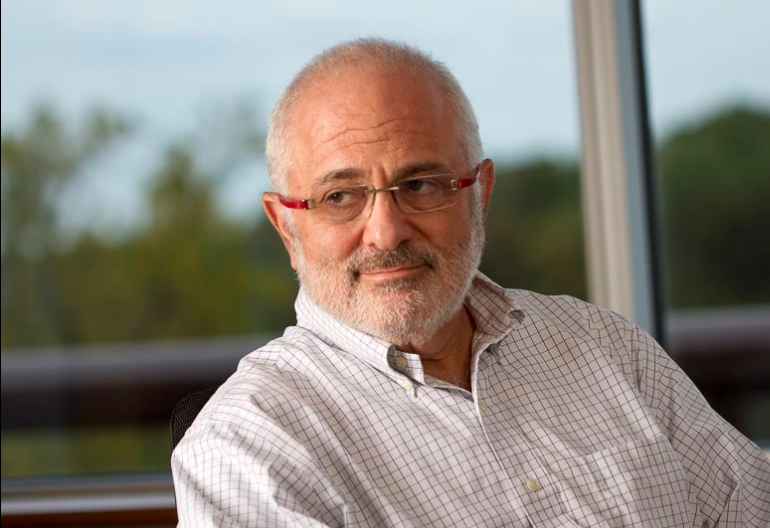A Hopeful Trend
A good physician should therefore be a great listener. A great teacher of medicine should be someone who understands how to tell a patient's story in a way that helps developing physicians (and physicians should be developing throughout their careers) become more attuned to the particular chords in a patient's story. Historically, some of our greatest modern storytellers have been physicians. From John Keats, to Arthur Conan Doyle to 20th century authors such as William Carlos Williams, Oliver Sachs and Abraham Verghese. A number of medical journals including Health Policy, JAMA, and the Annals of Internal Medicine now have as part of their editorial policies, regular narratives that describe the doctor and patient "stories" in ways that are human, caring and understandable. That trend towards better storytelling, is one that is likely to improve medical care. But can it effect medical costs and medical quality?
The Health Savings Paradox: A Story
It turns out that when you develop health care programs that give professionals time to listen, despite what may seem like worse productivity, medical costs go down as a result. This is best demonstrated (of course) with a story that is published in last week's JAMA. In "Going Home". Dr. Anne Jacobson tells us of Maria, As Dr. Jacobson states,
"Maria, like many of my patients, had grown up and lived most of her life on a ranch in Mexico. She immigrated to the United States because her husband was coming here, and for her that meant she did not have a choice. In the stories that emerged over the years, I heard terrible tales of violence endured during the early decades of her marriage. After she left Mexico the physical abuse stopped, but her husband still controlled where she went and what she did. The two places she was allowed to go without much interference were to church and to the clinic. She visited both frequently"Dr. Jacobson paints a picture of a woman, not only a patient. She describes how Maria's health improved because she had someone to talk to and someone who was truly interested in her story.
"Her physical symptoms began to improve, and we spent infinitely less time chasing the source of multiple complaints. For years her blood pressure and cholesterol level were not as well controlled as I would have liked, perhaps because both of us knew that something deeper was broken inside. Still, I fretted over the numbers and tried to make changes that wouldn't overwhelm her. As she started to believe in herself, she also began to believe that her body was worth taking care of. She started taking her medicines just like she did everything else—religiously. And one miraculous day, I shared her latest laboratory results with her—all exactly where they needed to be—and told her I was proud of her."
The Flip Side
The story as told by a skilled medical story teller show vividly how listening to a person's story and helping them as they take their life's journey improves care and saves money. To do that it takes time and as we try and save money in health, we often try to do that by decreasing the time physicians spend with their patients. When this happens, costs can go up or patients can try to find other reasons to see the doctor that are drive up cost and risk to the patient. In another story in JAMA published earlier in November, Dr. Nir Lipsman brings this phenomenon to life.
"Pulling the curtains aside, I saw a familiar face. We had operated on her three times in the last three months, and now she was back. "You like the food here, I guess," I conjured up somewhere from a deep and far-gone sense of humor at 3 AM. She had fallen and re-bled in her brain, and she would need another operation. We had become her family over these months; she lived alone, with her own family either dead or having abandoned her. Does anyone deserve this kind of treatment?
Am I asking about our treatment or her family's? I don't remember. I got her consent for surgery; she knew the risks and recited them from memory, always a good sign. I told her that this time we'd try to get it right, and the fleeting thought crossed my mind that maybe she fell on purpose this time."
Let's Not Lose the Narrative
As we debate health reform and deal with the problems of access to care and health care costs, we should always remember that medicine as an art requires physicians, nurse and others who can listen to patient's's unique stories. Patients are just people striving to survive and sometimes reaching for greatness in their own ways. Understanding their narrative is all about caring and not just about care. It recognizes the patient as a person rather than the simple sum of their symptoms. That is truly the art of medicine and the author physicians of our time understand and communicate that for the betterment of medicine. My hope is that any reform that is passed does not make it more difficult to hear our patient's unique stories.






